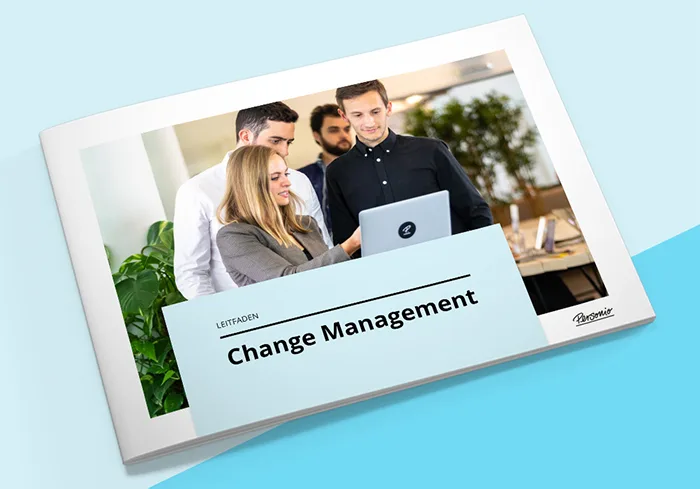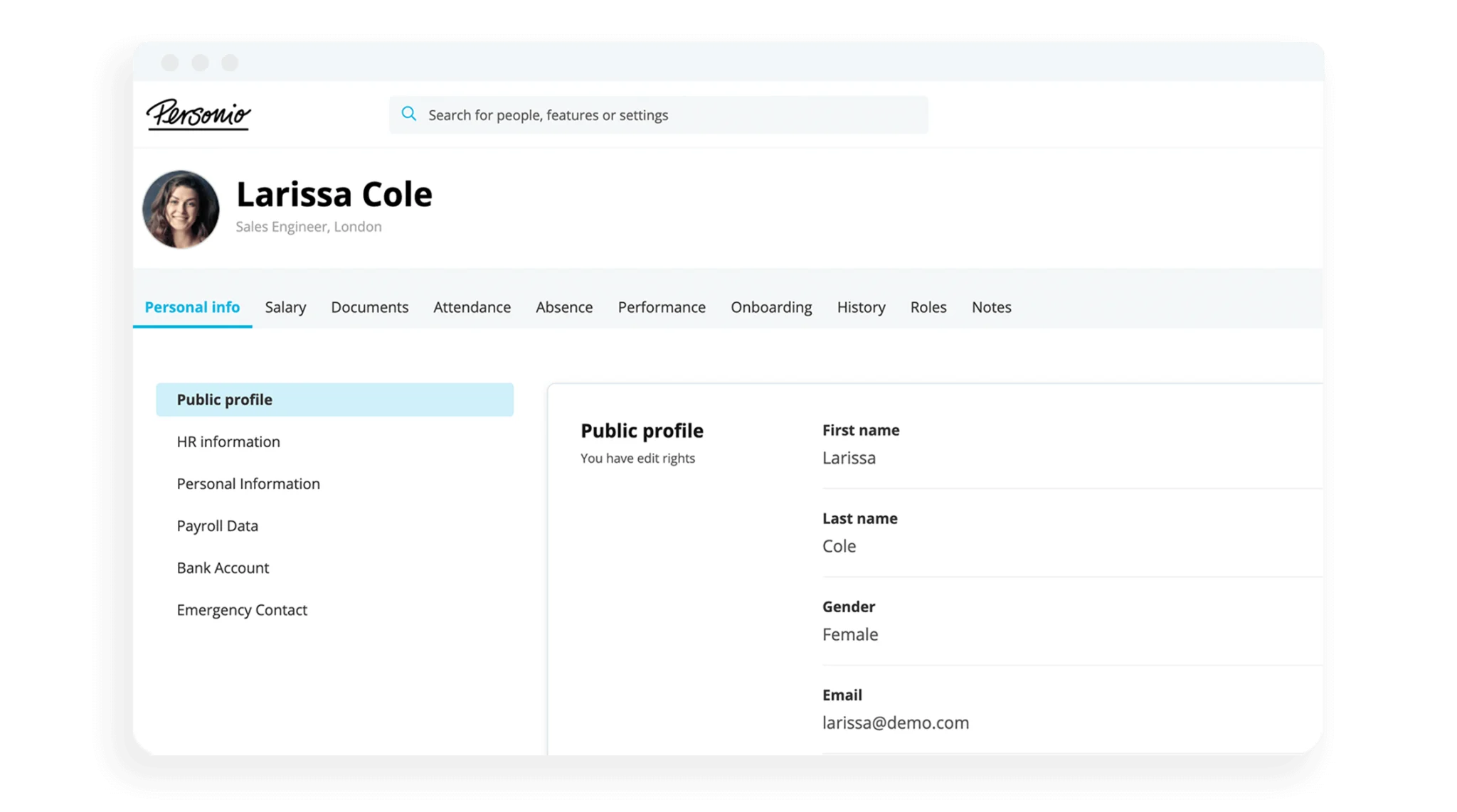Unconscious bias in the workplace, explained

In this article, we will go over unconscious bias in the workplace. You’ll learn what it is and how it could negatively impact your employee’s work environment.
Key Facts
Unconscious biases can affect our decision-making, even though we aren’t aware of having them.
Leaders should work to recognise their own biases so they can make more impartial decisions.
One of the most effective ways to deal with unconscious bias in the workplace is speaking up when you see it.
What is Unconscious Bias in the Workplace?
Unconscious bias in the workplace is when someone forms an implicit opinion about an employee influenced by past experiences, snap judgements or preconceived notions, including stereotypes. These opinions often form without the person’s input, making them favour certain groups without realising it.
Assumptions about others can affect every level of your company. It can get in the way of embracing diversity in the workplace, hinder the brainstorming process, and more.
The Importance of Leaders and HR Dealing With Unconscious Bias
Forming unconscious biases is part of human nature and often can’t be helped. But learning to recognise these biases at work – and lay them to rest – is vital for professional development and company growth.
Doing so helps ensure that leaders remain impartial within their organisation and treat every employee fairly. Otherwise, employees could lose morale and disengage from their work if they feel like others are getting special treatment while they work just as hard.
It can also lead to legal trouble if unconscious biases prevent marginalised groups from advancing and excelling in your workplace.
How To Deal With Unconscious Bias in the Workplace
By its very nature, it’s challenging to deal with unconscious bias. However, there are methods to detect and deal with bias before it harms your business.
Monitor Your Decisions
Because you might not be aware of any potential biases and how they’re affecting your decision-making, it’s wise to keep a more careful eye on your choices to avoid discrimination. One method is to journal all the significant decisions you make throughout the day to find if there’s a common link between them. With this information in front of you, it’s much easier to analyse your daily thought processes and audit them for instances of unconscious bias.
Set Strict Behavioural Expectations
It’s possible to set up HR policies that prevent or mitigate the effects of unconscious bias in the workplace. Even if you can’t address bias directly, you can still help ensure a level of respect and professionalism by setting guidelines for treating people fairly. This way, you set up the expectation that everyone gets to have their voice heard and receive equal opportunity for growth and opportunities.
Speak Up if You Notice Bias
Unconscious biases tend to linger because no one addresses them. Thus, one of the most effective ways to remove them from the workplace is calling out when you think someone on your team is showing bias. It’s important not to do so in front of their peers. Instead, take them aside and point out evidence that they favour certain people over others.
Frequently Asked Questions
What Is Unconscious Bias in the Workplace?
Unconscious or implicit bias in the workplace is when someone within a company makes snap judgements based on past experience or gut instinct. These judgements often subtly change the person’s behaviour towards certain groups.
What Are Examples of Unconscious Bias in the Workplace?
Some biases to be mindful of in the workplace include:
Ageism, which is making assumptions about a person based on their age
Peer Pressure, to shift your opinions to match the views of the wider group
Weight Bias,judging someone by their body size
Affinity Bias, weighing someone’s opinions as more valuable because you share a trait with them
How To Deal With Unconscious Bias in the Workplace
One of the most effective methods of handling unconscious bias is making people aware that they have any. They often go unnoticed even while they affect our behaviours, and identifying them is the first step to mitigating them in most situations.
Otherwise, setting strict guidelines for how peers and employees are treated can help keep things fair.
Take Bias Out of the Equation With Personio
Unconscious bias is difficult to control because of how subtly it can affect us. While you can correct it, sometimes the best way to avoid our biases affecting our judgement is to avoid the details we’d judge. With Personio’s analytics features, you can make decisions based almost purely on data and prevent any biases from leading you down the wrong path. Book your free demo to learn how Personio can help you manage your workplace.
Disclaimer
We would like to inform you that the contents of our website (including any legal contributions) are for non-binding informational purposes only and does not in any way constitute legal advice. The content of this information cannot and is not intended to replace individual and binding legal advice from e.g. a lawyer that addresses your specific situation. In this respect, all information provided is without guarantee of correctness, completeness and up-to-dateness.


